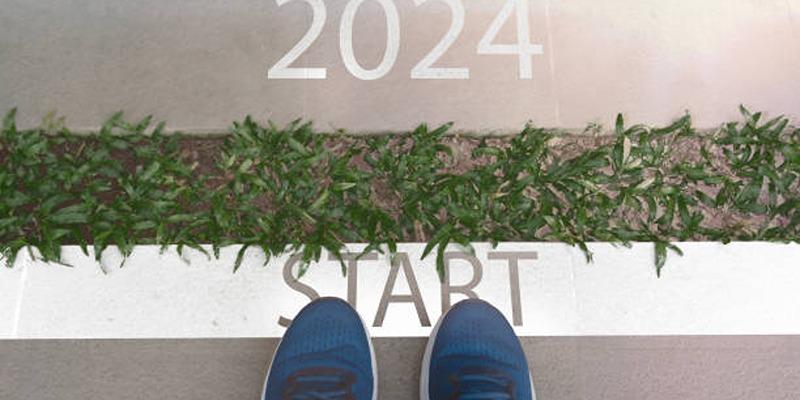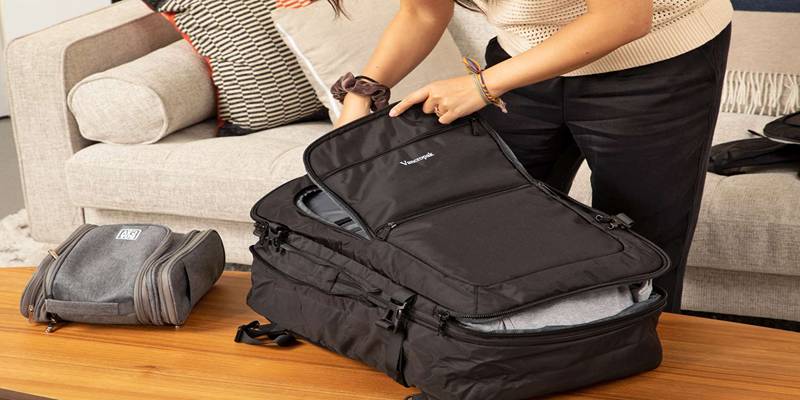Walking 10 miles each day might seem like a daunting goal, but with the right approach, it can be both achievable and enjoyable. This step-by-step guide is designed to help you gradually increase your daily walking distance, ensuring you stay motivated and avoid injury. Whether you're looking to improve your fitness, enjoy the great outdoors, or gain a sense of accomplishment, this guide will provide you with the strategies and support you need to succeed in your walking journey.
Preparing Proper Gear:

Before embarking on your daily walking routine, it's essential to equip yourself with the right gear. Here's what you'll need:
- Comfortable Footwear: Invest in a good pair of walking shoes that provide adequate support and cushioning. Shoes should fit well without causing blisters or discomfort, as they will be the most critical piece of your walking gear. Replace them every 300-500 miles to ensure optimal comfort and reduce foot strain.
- Weather-Appropriate Clothing: Dress in layers to accommodate changing temperatures. Choose moisture-wicking fabrics to keep sweat off your skin, and consider wearing a hat and sunglasses on sunny days. In colder weather, opt for thermal layers to maintain warmth.
- Fitness Tracker or Pedometer: A device like a smartwatch or pedometer can help you monitor your steps and distance while also tracking your progress over time. This can be a powerful motivator and a way to set new personal goals as you advance.
- Reflective Gear for Safety: If walking during early morning or late evening hours, make sure to wear reflective gear or a high-visibility vest. Visibility is crucial for safety, ensuring that drivers and cyclists can see you from a distance.
Planning Your Route:
A well-planned walking route can enhance your walking experience, keep you safe, and ensure you meet your daily distance target.
Mapping Out Your Course
Choose a safe and scenic route that is free from heavy traffic and offers a pleasant walking environment. Consider using parks, trails, or walking paths that are both interesting and varied to maintain motivation. Use online maps or apps to preview potential routes, ensuring there are sidewalks or pedestrian-friendly paths.
Setting Incremental Goals
Start with shorter distances and gradually increase your mileage each week to build endurance. Setting realistic goals will help you stay motivated and decrease the risk of injury. For instance, if you're currently walking 3 miles daily, aim to increase your distance by 1 mile every few weeks until you reach your 10-mile goal.
Identifying Rest Stops
Incorporate planned breaks into your route to hydrate and rest. Rest stops can be benches, cafes, or shaded areas where you can pause and stretch. Planning these in advance ensures you have moments to recuperate, particularly on warmer days or longer walks.
Incorporating Variety
To prevent monotony, mix up your walking routes regularly. Trying new paths, exploring different neighborhoods or parks, and adjusting your course can keep the experience fresh and exciting. This also engages different muscles and can prevent overuse injuries from repetitive patterns.
Timing Your Walks
Determine the best time to walk based on your schedule and weather conditions. Early morning or late afternoon can often be cooler and less crowded, while lunchtime walks can provide a refreshing break during the day. Consistency in timing can help establish a routine and make it easier to stick with the plan.
Setting a Consistent Schedule:
Maintaining a consistent schedule is crucial for developing a sustainable walking routine. Here are some tips to help you establish and stick to a daily walking schedule:
- Find Your Optimal Walking Time: Determine the time of day when you feel most energetic and can consistently dedicate to walking. This could be morning, midday, or evening based on your personal preferences and daily obligations. By aligning your walks with your natural energy peaks, you ensure a more enjoyable and effective experience.
- Block Time on Your Calendar: Treat your walking sessions as important appointments. Scheduling them on your calendar not only helps you commit to regularity but also communicates to others that this time is reserved. This can prevent other activities from interfering with your walking routine and reinforces your commitment to health and fitness.
- Use Visual Reminders: Set reminders using your phone or place visual cues around your home or workspace. These can act as prompts to lace up your shoes and get moving. A reminder 15 minutes before your planned walk can provide a gentle nudge without feeling intrusive.
Staying Hydrated and Nourished
Proper hydration and nourishment play pivotal roles in maintaining energy levels and overall health during your walks. It is crucial to drink water consistently before, during, and after your walk to replace fluids lost through sweat and keep your body functioning optimally. Aiming to consume around 500ml to 1 liter per hour of walking is a good rule of thumb, adjusting for intensity and weather conditions.
Monitoring Your Progress:

While walking, keep track of your performance to ensure you're progressing and meeting your goals. This can be invaluable in maintaining motivation and adjusting your routine as needed.
Benefits of Tracking Progress
Regularly monitoring your progress allows you to celebrate achievements and recognize areas needing improvement. It can increase motivation and provide a clear view of how your efforts are paying off. By analyzing data over time, such as distance walked and pace, you can make informed decisions to optimize your routine for better health outcomes.
Tools for Tracking
Various tools can assist you in tracking your walking progress, from simple phone apps to advanced fitness watches. These devices can log steps, distance, heart rate, and even calories burned, giving you comprehensive insights into your activity levels. Choosing the right tool depends on your personal preferences and the level of detail you want to capture.
Adjusting Goals Based on Data
As you track your progress, evaluate whether your goals should be adjusted. If the current targets become too easy or too challenging, modify them to keep your routine balanced and effective. For example, if you consistently exceed your step count target, consider increasing it to further challenge yourself and promote continuous improvement.
Conclusion
Developing and maintaining a consistent walking routine offers numerous benefits for your physical and mental well-being. By thoughtfully planning rest stops, incorporating variety, timing your walks wisely, setting a consistent schedule, and ensuring adequate hydration and nutrition, you create a framework that supports sustained success. Monitoring your progress and adjusting your goals accordingly helps maintain motivation and challenges you to continually improve. Ultimately, these practices contribute to a healthier lifestyle, providing both immediate rewards and long-term health benefits.











